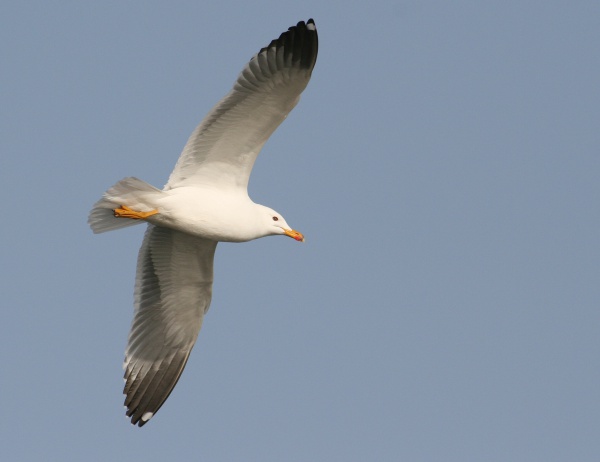Facts About Armenian gull
The Armenian gull is a large bird commonly found in the Caucasus and the Middle East. While it was once considered a subspecies of the European herring gull, it is now largely recognized as a distinct species. However, some organizations still categorize it with the yellow-legged gull.
These birds are quite large, measuring between 52 to 62 cm in length and boasting a wingspan of 120 to 145 cm. They weigh between 600 to 960 grams. They can be identified by their darker grey backs, dark eyes, and unique black markings on their wingtips and bills.
Armenian gulls typically nest near mountain lakes in countries such as Georgia, Armenia, Turkey, and western Iran. Notable nesting sites include Lake Sevan and Lake Arpi in Armenia. They are partial migrants, meaning many migrate to the coasts of Turkey, Lebanon, and Israel for the winter. Some even travel as far as Cyprus, Egypt, and the Persian Gulf.
Regarding nesting habits, these gulls build mounds of vegetation on the ground near water. They usually lay around three eggs in late April. The nesting colonies often become quite crowded, which can lead to territorial disputes among the gulls.

 Iran
Iran